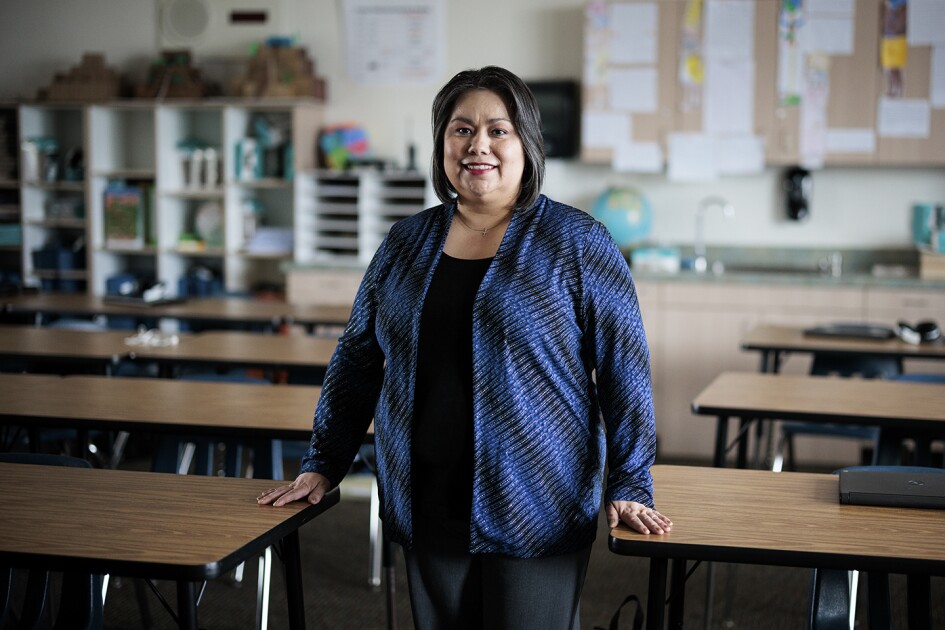Two important stories have come up this week that are worth a mention. The first: Georgia has banned the use of seclusion rooms in all its districts, and will limit the use of restraints. From the Atlanta Journal-Constitution:
Brad Bryant, newly appointed state schools superintendent, said Georgia is "one of the first states in the nation to step forward aggressively" on the issue. The state board worked for about two years developing the policy, which was supported by the parents of Jonathan King, a 13-year-old Hall County boy who hanged himself in 2004. Jonathan was attending the Alpine Program, a public school in Gainesville for students with emotional and behavioral problems, when he killed himself with a cord a teacher gave him to hold up his pants. His final hours were spent in an 8-by-8 seclusion room at the school. The room had no windows, bathroom, food or water.
This rules change is good news, and a great move for Georgia. Unfortunately, there’s troubling news out of Connecticut. A year-long investigation from an advocacy organization there has turned up a number of disturbing trends about the education of students with severe behavior disorders. From the Boston Globe:
During visits to various Hartford schools that serve students with emotional and behavioral problems, staff from the Office of Protection and Advocacy found scarce resources, such as functioning computers, stationery supplies, resource materials and appropriate space for students to work. One site had no drinking fountain or water cooler. Recreational space was limited and the only exercise available to students was to sweep the sidewalk, according to the report. "Even this was stopped after it was pointed out that busy traffic on the adjacent street presented possible dangers," the report said. Investigators found a lack of counselors, psychologists and clinical staff, even though the programs were described as therapeutic. Often the special education students were separated from the other students and denied access to certain areas when those other students were present.
A full copy of the report is available here, and it is worth a read. Also, here’s a short article on the District’s response to the report.



